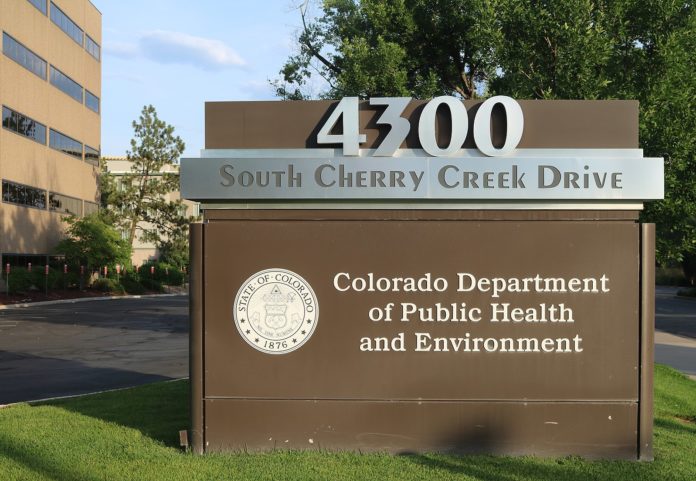
Last week, the Colorado Attorney General’s Office released the findings of an independent investigation by special attorneys general to look into possible whistleblower allegations against the Colorado Department of Public Health and Environment policies and orders for employees to hide air pollution violations. The special assistant attorneys general found some validity in concerns raised but found others unsubstantiated.
Earlier this year, Colorado Attorney General Phil Weiser released a statement that the CDPHE’s executive director had requested an independent assessment of the claims submitted, as previously reported by Law Week. Following a competitive process, the office appointed attorneys at the firm of Troutman Pepper Hamilton Sanders LLP.
The Letter & Allegations
A letter sent by CPDHE employees’ alleges that the CDPHE urged them to ignore violations of air quality standards in issuing permits and that the CDPHE enacted a rule on March 15 that prohibits air quality modeling staff from reviewing National Ambient Air Quality Standards, or NAAQS, compliance in certain situations and substances. The letter was also submitted to the Environmental Protection Agency’s Office of Inspector General.
“The allegations in the letter from CDPHE employees to EPA OIG regarding claims of ‘falsified data’ and ‘suppressing information’ in the context of modeling the [Cripple Creek & Victor Gold Mine] facility are unsubstantiated,” the report executive summary states. The CC&V was one of more than four facilities across the state mentioned by name in the letter sent to the OIG.
In terms of the allegations against the CDPHE by its’ employees, the report states that the letter sent to the OIG regarding claims of falsified data and suppression of information on the mine facility “are unsubstantiated.”’
“The letter to EPA OIG raises some valid concerns, but some are overstated,” the special attorneys general wrote in their report.
The main findings of the investigation were summarized in the report. First, the modeling of minor sources is discretionary — but the law requires state permitting authorities to have a “justified and enforceable” means of ensuring all sources won’t violate the EPA’s air standards.
The report also states that, because there’s a discretionary nature of statutory and regulatory provisions, “and lack of EPA guidance on the issues,” requirements for modeling minor sources are sometimes unclear.
The two main issues of the report, according to the authors, are, first, whether air quality modeling is required or warranted for minor sources, and second, how the modeling of specific minor sources was conducted.
In terms of the second issue, the report mainly focuses on allegations regarding the modeling analysis conducted for one specific permit — at the CC&V. The report states that the modeling analysis on the mine included claims of falsified data, suppression of information and a conflict of interest within the CDPHE.
Report Findings
The CDPHE had two conflicting policies on minor source modeling, the report states. One policy was “based on an unsupported extension of the EPA’s permitting threshold” for major sources, and the other which was “well-supported by technical analysis, but overly conservative.”
The report noted the “two conflicting policies caused confusion within the CDPHE.”
When the CDPHE decided to rely only on the EPA’s permitting threshold for existing major sources while determining whether to model minor sources, it was left without a well-supported policy for making sure that minor permits wouldn’t exceed NAAQS.
“However, that decision was not motivated by an intent to circumvent the law, but rather to resolve the conflict in CDPHE’s policies,” the report states.
The CDPHE did issue permits with “unaddressed modeled NAAQS exceedances,” but modeled exceedances don’t necessarily indicate a minor source with a permit actually violated or won’t violate NAAQS, according to the report.
A “potential” conflict of interest was also noted in the report. The Air Pollution Control Division Director Garrison Kaufman had a potential conflict of interest with the CC&V, and didn’t report to the CDPHE for two-and-a-half years — a violation of CDPHE policy. “… but the conflict was resolved prior to issuance of the final permit,” the report states.
The report states that modeling analysis conducted for the mine was based on facts, “even though some facts were insufficiently justified or incorrectly applied.” All relevant information remained open to public review, including a revised analysis correcting errors, even though that corrected version wasn’t ultimately accepted as the final result.
Law Week’s coverage of the report continues in “CDPHE Investigation: Special Attorneys General Find Inconsistency in Modeling, Some Validity in Employee Claims.”

